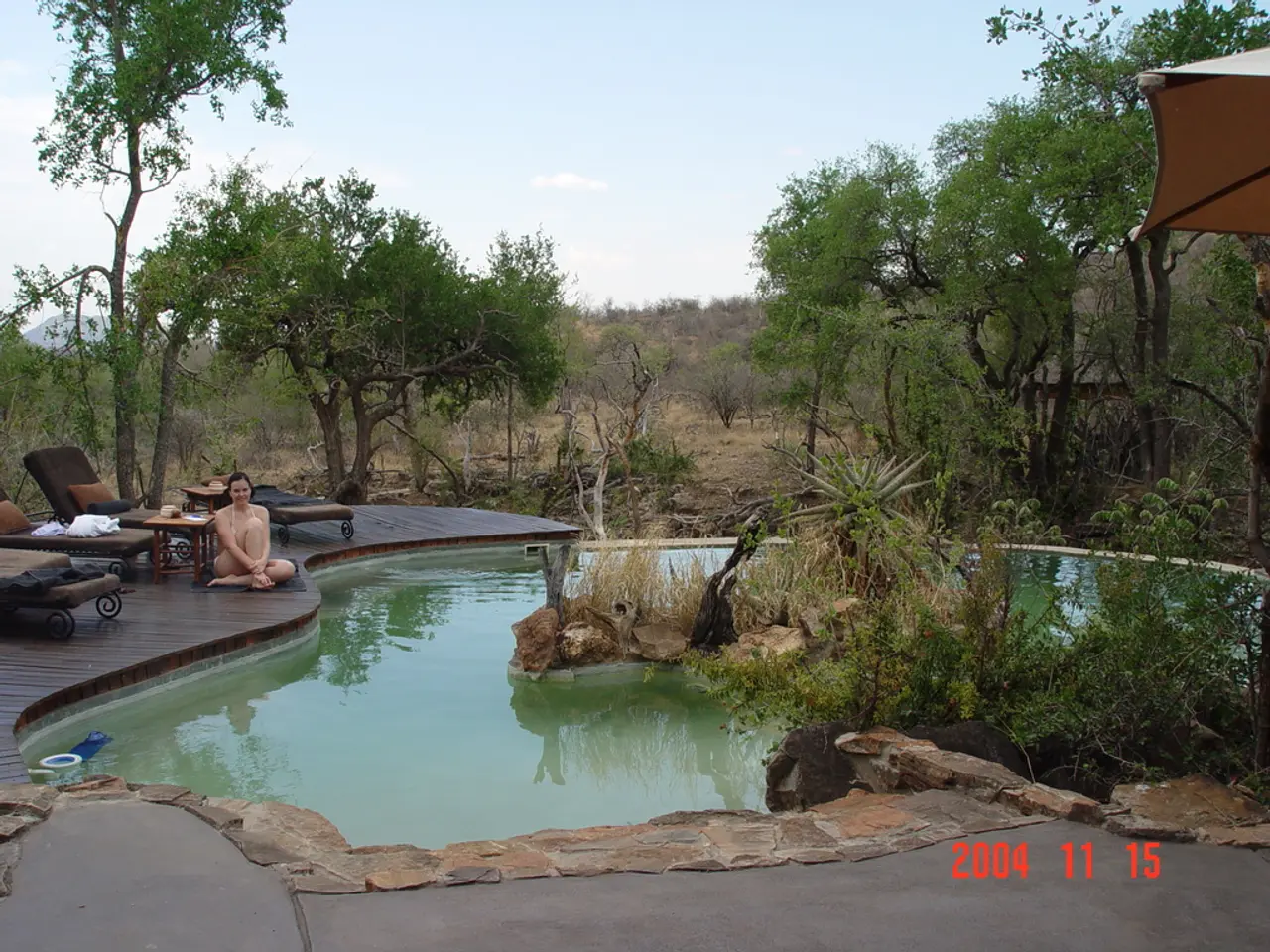Seven Activities Suitable for Individuals Living with Progressive Multiple Sclerosis
In the journey of managing Progressive Multiple Sclerosis (PPMS), maintaining an active lifestyle is crucial. Here are some recommendations for physical activity and exercise, as advised by the National MS Society and the Deutsche Multiple Sklerose Gesellschaft (DMSG).
First and foremost, it's essential to discuss potential safety issues with a doctor before embarking on a new exercise program. A healthcare professional can offer guidance on the best types of exercises tailored to individuals with PPMS.
Weekly physical activity should aim for 150 minutes, as tolerated. This can be achieved through various activities, such as cooking, gardening, walking the dog, and doing household chores. For those seeking more structured exercise, options like yoga, tai chi, stretching, and swimming can be modified to suit different levels of mobility.
Stretching is an important component of exercise for PPMS. It helps improve flexibility and range of motion, and can be done slowly and gently to avoid injury. A physical therapist can recommend specific stretching positions beneficial for PPMS individuals.
Tai chi, another low-impact option, benefits PPMS by increasing strength and flexibility, reducing stress, improving mood, lowering blood pressure, improving overall cardiovascular health, and improving balance. Yoga, another low-impact exercise, offers similar benefits, improving cardio, strength, flexibility, and providing stress and depression relief. Both activities can be modified for individuals with mobility issues, including chair yoga classes.
Walking, when possible, can be beneficial for PPMS, but mobility and balance concerns should be addressed with a doctor. Tips for walking include wearing supportive shoes, splints or braces, using assistive devices, wearing cotton clothing, avoiding outdoor heat, taking rests, staying close to home, and using walking sticks for balance.
Swimming offers low-impact activity and resistance for building muscle, as well as hydrostatic pressure which may be helpful for PPMS. The recommended water temperature for swimming is 78-86°F (25.5-30°C). A helper or caregiver can assist with stretching as needed.
The DMSG recommends specialized swimming and exercise courses designed for people with progressive multiple sclerosis, often offered at MS centers and rehabilitation clinics across Germany. These courses provide a supportive environment for individuals to exercise and manage their symptoms.
Lastly, it's important to remember to take plenty of rest periods and avoid overexertion during exercise. Clothing that does not restrict movement is also recommended for exercise in PPMS.
Staying active is key to managing the symptoms of PPMS and improving overall quality of life. By following these recommendations, individuals with PPMS can find a physical activity routine that suits their needs and abilities.
Read also:
- Essential Information on Cushing Syndrome: a Disorder Caused by High Cortisol Levels
- Starting in September, elderly individuals aged 75 years and above will be enrolled in a preventive program for Respiratory Syncytial Virus (RSV).
- Financial burdens associated with alcohol-induced offenses and criminal justice system expenses
- Health Updates: Brief Snippets of Health-Related News for Today





